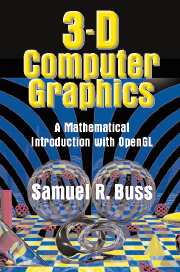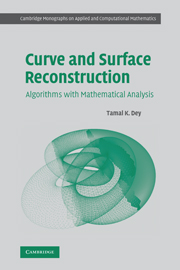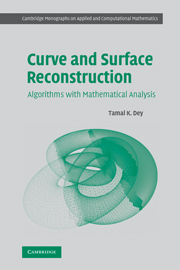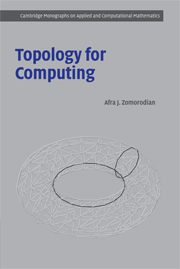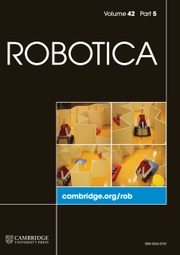3D Computer Graphics
This introduction to 3D computer graphics emphasizes fundamentals and the mathematics underlying computer graphics, while also covering programming techniques using OpenGL, a platform-independent graphics programming environment. The minimal prerequisites make it suitable for self-study or for use as an advanced undergraduate or introductory graduate text as the author leads step-by-step from the basics of transformations to advanced topics such as animations and kinematics. Accompanying software, including source code for a ray tracing software package, is available freely from the book's web site.
- Covers mathematics as well as programming
- Plenty of exercises
- Free ray-tracing software and OpenGL sample code available from www.cambridge.org/computerscience/Buss
Reviews & endorsements
"I have a favorable impression of this book for providing a mathematical approach to CG while introducing the reader to OpenGL. Additionally, it is a good introductory resource for ray tracing, radiosity, and animation and kinematics. I would highly recommend this book to someone who teaches CG and would like to modernize his or her course."
SIAM News
"There are a few experts who would find nothing new in this book, but most of the rest of us would benefit from it. Almost any time that a programmer chooses to ignore one of the aphorisms they need to justify their choice which makes it a good basis for communicating why a piece of source code either needs more comments or a different approach. Buy a copy, keep it in your pocket to browse through while waiting in line for a meal, a bus etc. when you know it all, pass your copy on."
CVu/ACCU Reviews
Product details
February 2005Adobe eBook Reader
9780511075391
0 pages
0kg
186 b/w illus. 8 colour illus. 150 exercises
This ISBN is for an eBook version which is distributed on our behalf by a third party.
Table of Contents
- 1. Introduction
- 2. Transformations and viewing
- 3. Lighting, illumination and shading
- 4. Averaging and interpolation
- 5. Texture mapping
- 6. Color
- 7. Bezier curves
- 8. B-Splines
- 9. Ray tracing
- 10. Intersection testing
- 11. Radiosity
- 12. Animation and kinematics
- Appendix A: mathematics background
- Appendix B: RayTracing software package.

